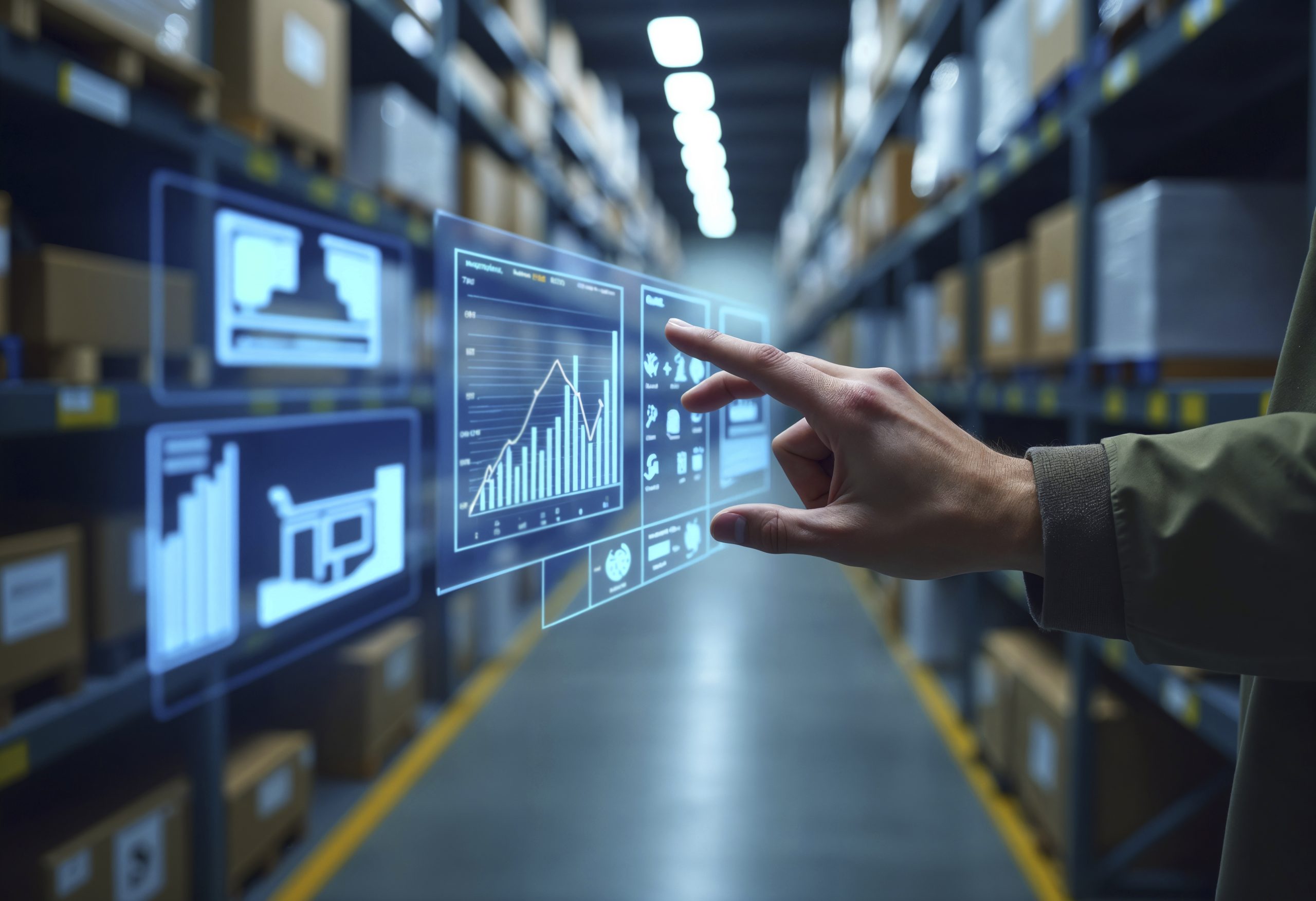
- By qematicadmin
In the intricate world of logistics, timing and accuracy are crucial. As global supply chains grow in complexity and customer expectations rise, companies are being forced to rethink traditional approaches to warehouse and distribution management. Enter logistics automation — a fast-growing domain led by robotic process automation (RPA), motion studies, and robotics. Together, they are turning the once-manual world of logistics into a high-efficiency machine.
In the intricate world of logistics, timing and accuracy are crucial. As global supply chains grow in complexity and customer expectations rise, companies are being forced to rethink traditional approaches to warehouse and distribution management. Enter logistics automation — a fast-growing domain led by robotic process automation (RPA), motion studies, and robotics. Together, they are turning the once-manual world of logistics into a high-efficiency machine.
RPA: Automating the Logistics Backbone
At its core, RPA in logistics replaces repetitive, rules-based tasks with software bots that mimic human actions. From order processing to shipment tracking and billing, these bots operate around the clock, eliminating manual errors and dramatically improving turnaround time.
Key areas where RPA transforms logistics operations include:
- Shipment scheduling: Automatically scheduling deliveries based on real-time availability, reducing idle time and maximizing vehicle utilization.
- Invoice processing: Extracting and validating information from invoices, matching them to purchase orders and delivery receipts, and updating financial systems without manual intervention.
- Real-time tracking: Pulling data from GPS, sensors, and carrier portals to provide up-to-the-minute status updates on shipments, proactively flagging potential delays.
Organizations leveraging RPA report significant time savings — sometimes up to 70% — and a sharp reduction in administrative costs.
Warehouse Motion Analytics: Data That Moves You Forward
While RPA handles backend logistics processes, motion studies bring intelligence to the warehouse floor. Traditional time and motion studies involved manual observation and stopwatches. Today, AI-powered cameras and IoT devices collect a constant stream of real-time data, enabling granular visibility into operations.
What warehouse motion analytics reveal:
- Worker movement inefficiencies
- Traffic patterns of autonomous guided vehicles (AGVs)
- Overlapping or redundant workflows
- Areas with excessive dwell time or congestion
- Equipment under- or over-utilization
These insights lead to redesigned workflows that minimize travel distance, balance workloads, and create safer and more ergonomic environments. For instance, heat maps generated from motion analytics can show underused zones or excessive cross-traffic, guiding smarter layout planning.
Robotics in Logistics: Physical Automation for Precision and Speed
Beyond software bots, physical robots are transforming the logistics floor. From robotic arms that sort and package products to mobile robots that ferry goods across the warehouse, robotics in logistics offers unmatched speed, precision, and scalability.
Popular use cases include:
- Automated picking systems: Robots locate and retrieve items faster than human workers, with fewer errors.
- Conveyor integration: Goods move seamlessly between stations with reduced human touchpoints.
- Packing and labeling: Robotic systems ensure consistent packaging and handle labeling in line with regulatory standards.
Combined with AI, these machines can adapt to new tasks, learn from operational data, and coordinate with human teams in collaborative environments.
Route Optimization: Driving Efficiency Outside the Warehouse
Logistics automation isn’t confined to the warehouse. RPA and AI are revolutionizing route planning — a critical component in supply chain efficiency.
Modern route optimization considers:
- Traffic and weather patterns
- Delivery windows and SLAs
- Fuel efficiency and CO2 impact
- Real-time driver availability
AI-driven route planning systems analyze these variables to dynamically adjust routes, reducing delays, cutting fuel costs, and improving on-time delivery rates.
For large-scale operations with hundreds or thousands of daily deliveries, this level of optimization translates into millions in annual savings and a measurable environmental benefit.
The Connected Impact: Smarter Supply Chains
What happens when all these technologies work in sync? A highly responsive, data-driven logistics operation that can:
- Quickly identify and address bottlenecks
- Scale up or down based on demand
- Maintain compliance through detailed audit trails
- Predict maintenance needs and minimize downtime
Motion analytics informs layout changes. Robotics act on those layouts. RPA keeps operations flowing behind the scenes. Together, these elements create a connected supply chain that learns, adapts, and continuously improves.
Overcoming Implementation Barriers
Despite the clear benefits, some logistics companies hesitate to implement automation due to perceived complexity, integration challenges, or workforce resistance.
Best practices to overcome these hurdles include:
- Pilot programs: Start with a small, high-impact use case and scale after success.
- Cross-functional alignment: Involve IT, operations, and HR early in the automation journey.
- Worker retraining: Re-skill teams to work alongside automation rather than replace them.
- Clear ROI measurement: Use KPIs to track time savings, error reduction, and throughput gains.
The shift to automation is not about replacing people; it’s about enhancing human potential through smarter systems.
Looking Ahead: The Future of Logistics Automation
As technology continues to evolve, the future of logistics will see even more advanced integration of AI, edge computing, and predictive analytics. Imagine a warehouse where systems self-correct, routes self-adjust, and performance continuously optimizes without human intervention.
Organizations that embrace these technologies now are setting themselves up to lead in the future — with faster deliveries, lower costs, and more resilient operations.
Final Thoughts
In today’s high-pressure logistics environment, automation isn’t optional — it’s essential. By combining RPA, robotics, motion analytics, and AI-driven route optimization, companies can streamline operations from the warehouse to the customer’s door. The result? A smarter, faster, and more sustainable supply chain — powered by data and built for growth.

